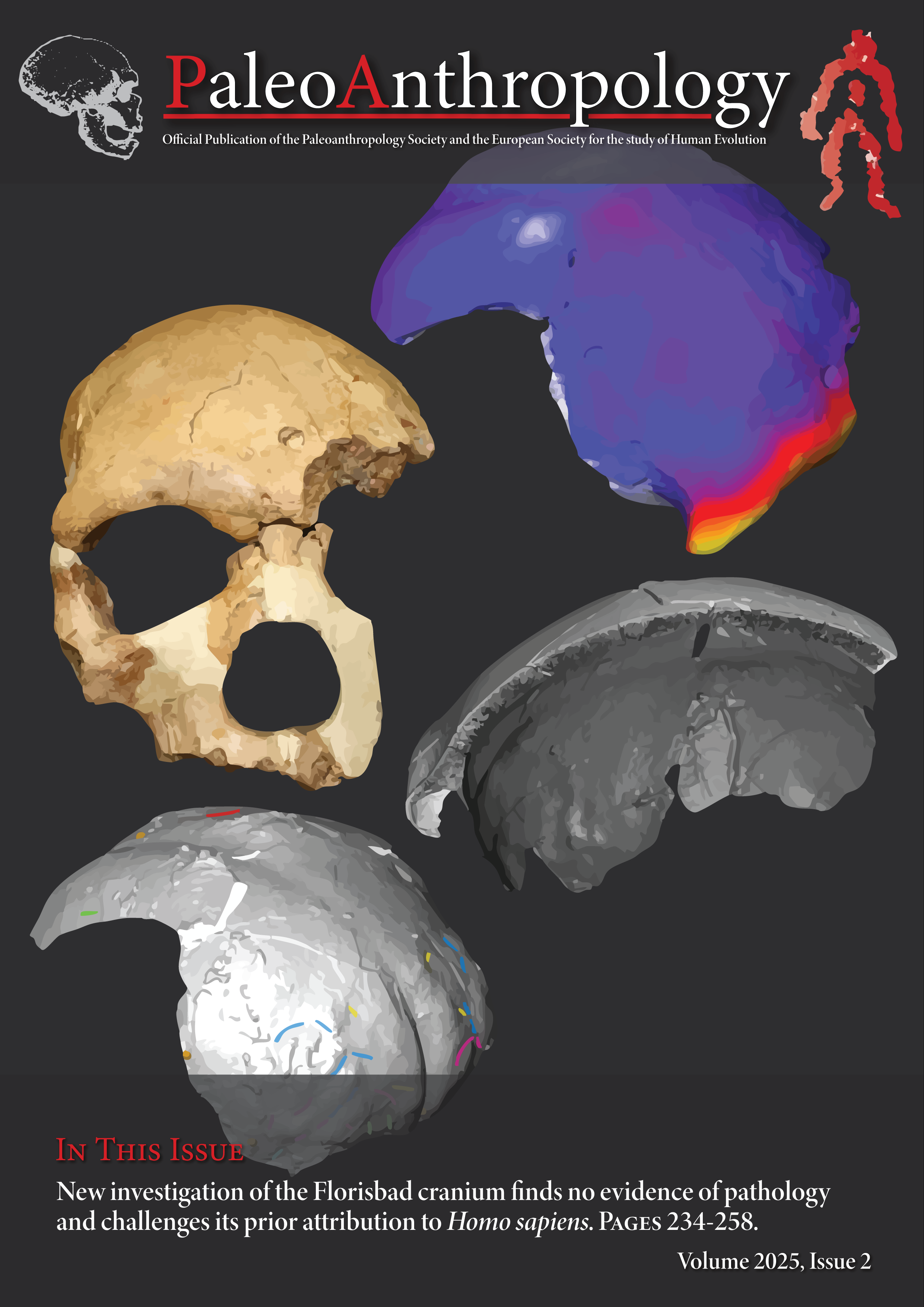Links in the Chain: Lessons on Dealing with Evolving Lineages from the Bighorn Basin, Wyoming, and the Problem of Homo heidelbergensis Special Issue: What’s in a Name? Late Middle and Early Late Pleistocene Hominin Systematics
Main Article Content
Abstract
Species identification in fossils often implicitly makes use of geographic and temporal gaps in the record to help bolster arguments distinguishing one species from another. As these gaps start to be filled, paleontologists are faced with the problem of what to do with intermediate forms that bridge the gaps between samples that had previously seemed distinct and well defined. This paper will discuss how this problem has been tackled by researchers working in the early Eocene (Wasatchian North American Land Mammal Age) of the Southern Bighorn Basin (SBHB) of Wyoming—a locale where an excellent, temporally continuous fossil record stretching approx. 2.5 million years has led to the identification of numerous temporal and morphological intermediates. Three primate examples are discussed: the Tetonius matthewi-Pseudotetonius ambiguus lineage of omomyoids, the Phenacolemur praecox-Phenacolemur fortior lineage of paromomyids, and the Arctodontomys nuptus-Microsyops angustidens lineage of microsyopids. In all three cases, specimens that were intermediate both temporally and in terms of morphology were identified in the context of large alpha taxonomic revisions of the SBHB collections for each group. Arguments are made for retaining the end members of these lineages as distinct taxa, and distinguishing intermediates from the other members of the lineages. Based on the lessons learned from those examples it is argued that using Homo heidelbergensis as a taxonomic name to encompass members of multiple lineages has the potential to obscure and obfuscate important questions in Paleoanthropology. It remains unclear, however, how many of the potentially valid taxonomic names for Middle Pleistocene hominins are diagnosable, a question that will require a temporally informed alpha taxonomic revision of this record.

